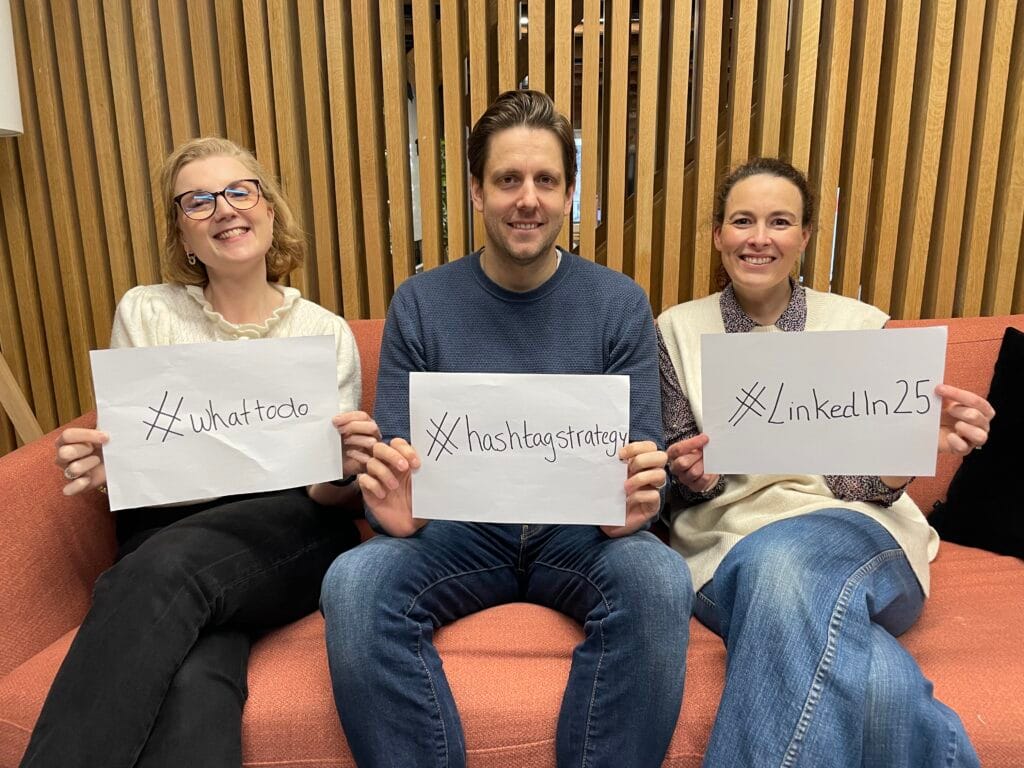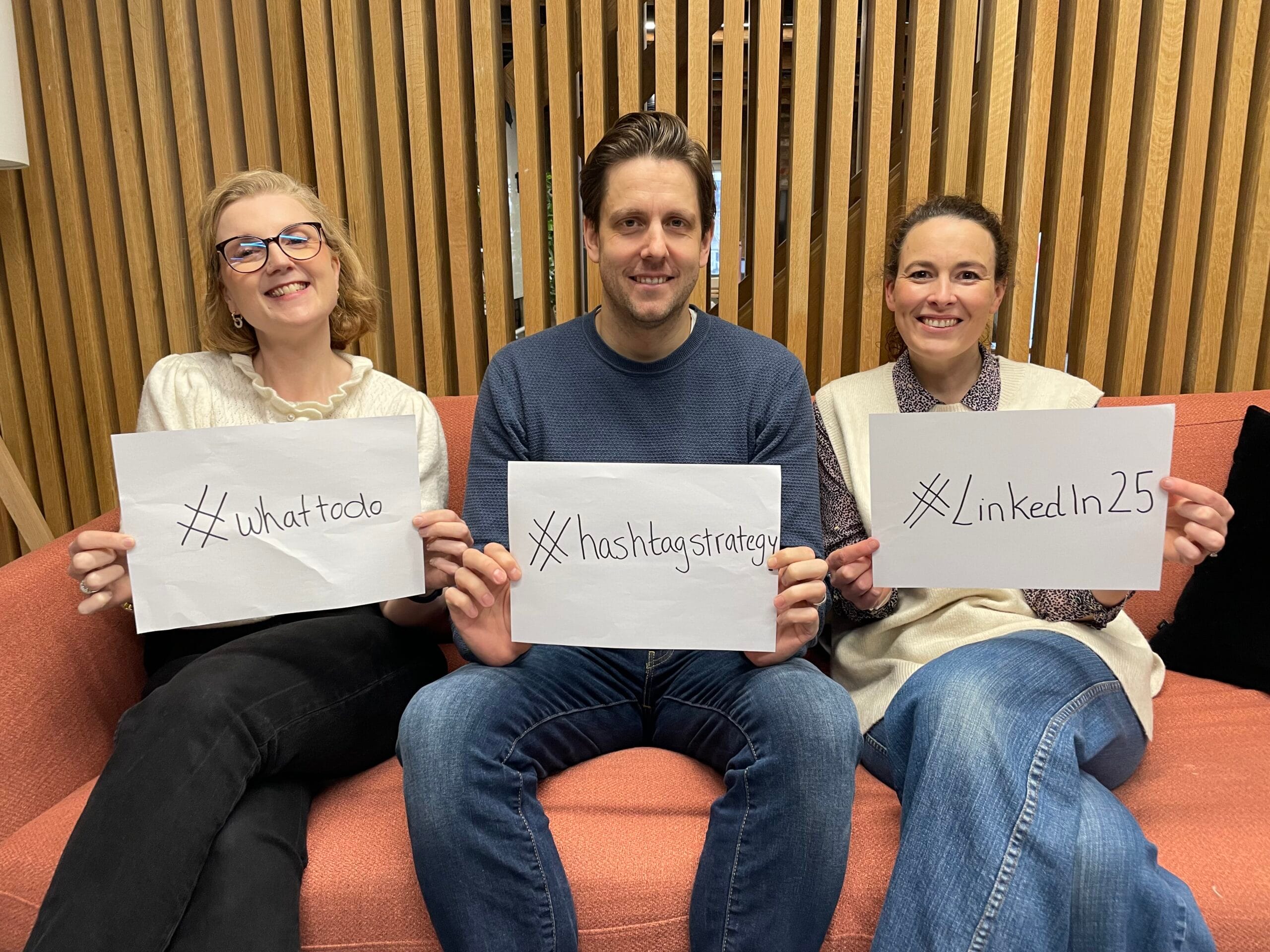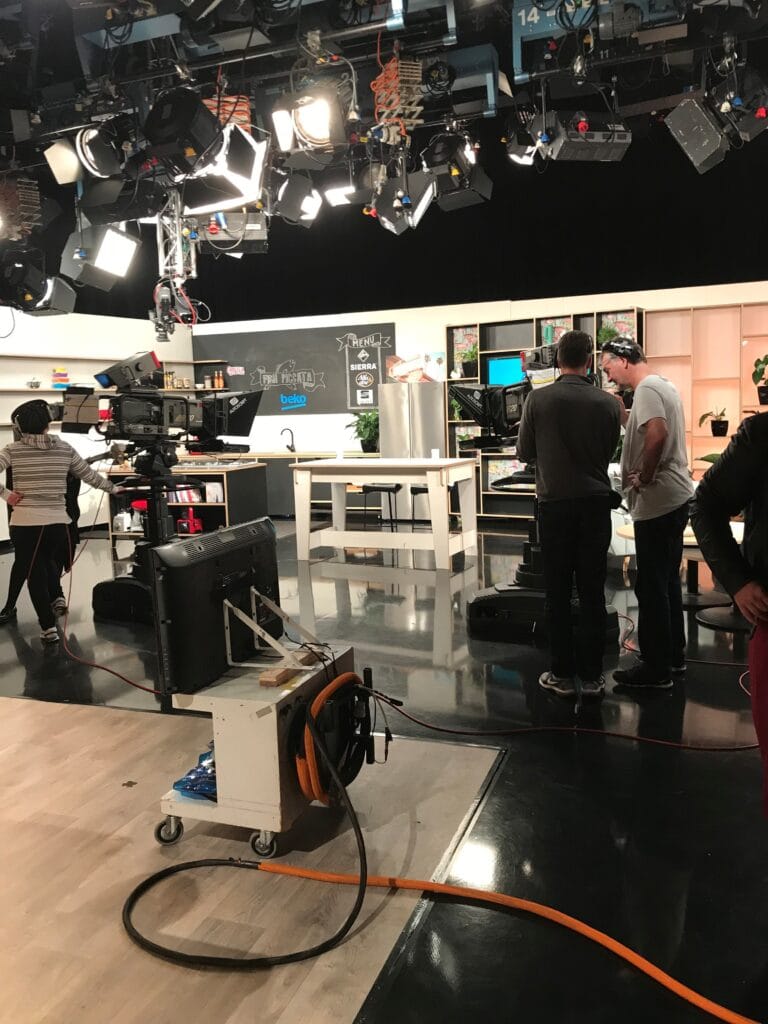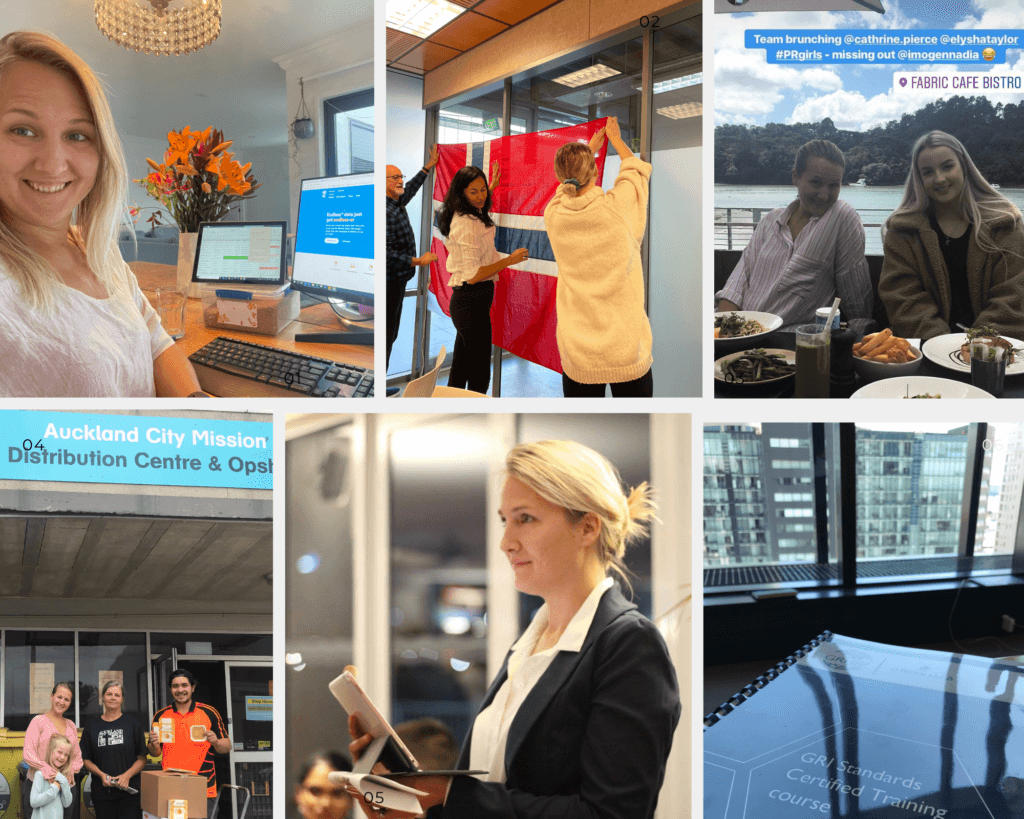This week, a client asked us whether they should bother with a hashtag strategy on LinkedIn. It’s a great question—are hashtags still relevant in today’s LinkedIn landscape?
If one client is asking, chances are other people are wondering the same thing. So, we’ve taken a closer look at this topic to give you a clear and actionable answer.

The role of hashtags
Hashtags were originally designed to make content more discoverable and help define your business’ audience. In the early days of social media, they were seen as essential tools to boost visibility, track campaigns, and drive engagement.
But as social platforms—and their algorithms—have evolved, so has the debate about the role of hashtags. So what’s our advice for 2025?
The best practices for hashtags on LinkedIn in 2025
Firstly, hashtags remain a usable tool for categorizing content and reaching relevant audiences. However, their effectiveness is contingent upon thoughtful and strategic application. Here are three top tips to remember:
- Limit Hashtag Quantity: Data shows that posts with 1–3 hashtags see the highest average engagement on LinkedIn—approximately 14.7 likes per post. By comparison, posts with zero hashtags or more than three often perform worse. This isn’t a volume game; it’s about balance. Keep it concise and stick to three or fewer hashtags per post. (Source: Statista)
- Choose relevant hashtags: Pick hashtags that directly relate to your content and audience. Our advice – use one branded hashtag (like your company name) and two that tie into your post’s topic. Niche or industry-specific hashtags can help you connect with professionals interested in those topics
- Avoid Overused Hashtags: Generic hashtags like #Innovation have a historic large following, but based on latest reports, they won’t necessarily connect you to your target audience. Instead, focus on specific, less-saturated hashtags that align closely with your message and content. (Source:The Social Shepherd)
Our verdict
Don’t over think it: hashtags are no longer a make-or-break part of your LinkedIn strategy. They can still add value, but they shouldn’t take up time or focus. Instead use your energy to create great, credible, and authentic content.
Also, re-direct your hashtag energy into encouraging employee engagement. Posts with comments, reactions, and shares from your team perform better in LinkedIn’s algorithm than those packed with hashtags.
So, while hashtags still have a role, they’re just one small (and getting smaller) piece of the puzzle. Focus on creating meaningful content and building connections, and you’ll see better results.



